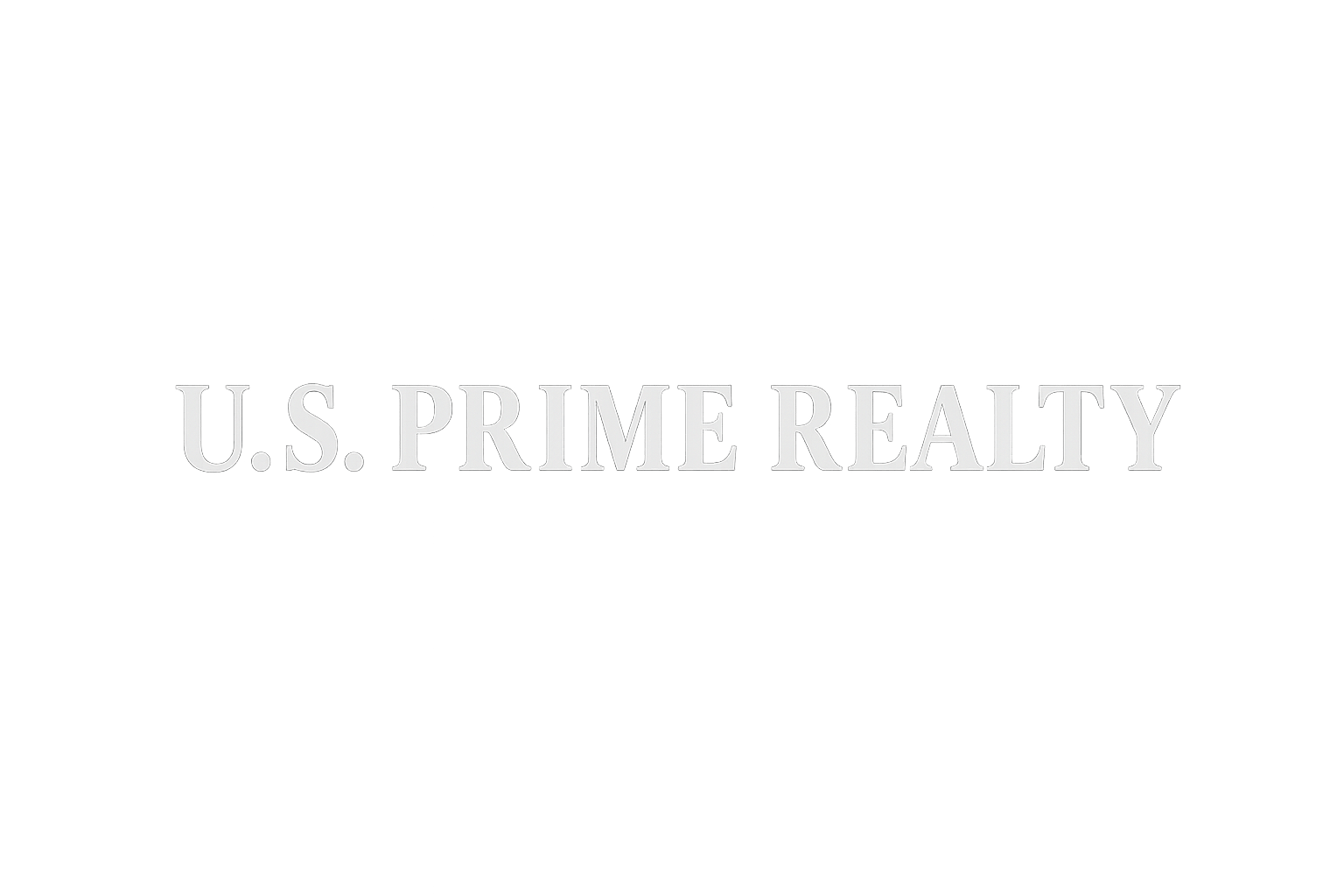Florida Landlord's Guide
Leasing your property in Florida? This guide walks you through marketing, screening, legal compliance, and maximizing your ROI.
📢 Step 1: Market Your Property Right
- Professional photos & listing across top rental sites
- Smart pricing strategy using local comps
- Short-term and long-term lease options
- Highlight pet policies, amenities, and upgrades
🧾 Step 2: Screen Tenants Properly
- • Credit, income, and rental history verification
- • Conduct background checks (with consent)
- • Comply with Florida Fair Housing laws
- • Use standardized, state-complient lease templates
🔧 Step 3: Manage Efficiently
- Clear move-in/move-out documentation
- Scheduled maintenance and repairs
- Rent collection tools and payment tracking
- Emergency contact procedures
🚦 Your Timeline, Our Playbook
- Security deposit rules and holding requirements
- Required notice periods for inspections or termination
- Eviction procedures and tenant communication
💰 Step 5: Maximize ROI
- • Tax tips for rental income
- • Value-add upgrades (furnished options, pet-friendly policies)
- • Regular market reviews to adjust pricing
🤝 US Prime Realty is Your Rental Partner
From listing to leasing, we offer:
- • Property marketing & screening
- • Lease drafting & signing support
- • Full-service or à la carte property management
Frequently Asked Questions
Essential landlord obligations:
- • Habitable conditions: Maintain property with working heat, plumbing, electricity, and structural integrity.
- • Safety compliance: Ensure smoke detectors, carbon monoxide detectors, and emergency exits.
- • Timely repairs: Address maintenance issues within reasonable timeframes.
- • Fair housing compliance: No discrimination based on protected classes.
- • Privacy respect: Provide proper notice before entering tenant’s unit.
- • Security deposit handling: Follow state laws for collection, holding, and return procedures.
- • Local code compliance: Meet all building, health, and safety regulations.
- • Lease enforcement: Follow legal procedures for rent collection and evictions.
Responsibilities vary by state and local laws – consult local housing authorities.
Proper tenant screening process:
- • Consistent criteria: Apply same standards to all applicants.
- • Credit check: Review credit score, payment history, and debt levels.
- • Income verification: Require proof of income 2.5-3x monthly rent.
- • Employment verification: Confirm current employment and job stability.
- • Reference checks: Contact previous landlords and personal references.
- • Background check: Criminal history and eviction records.
- • Application process: Use standardized application forms.
- • Fair housing compliance: Avoid discriminatory questions or criteria.
Never discriminate based on race, religion, gender, family status, disability, or national origin.
Allowable fees and charges:
- • Security deposits: Typically 1-2 months’ rent (varies by state).
- • Pet deposits/fees: Additional deposits and monthly pet rent.
- • Application fees: Reasonable fees to cover screening costs ($25-100).
- • Late fees: Reasonable charges for overdue rent (often $25-50 or 5% of rent).
- •Utility charges: If not included in rent, can charge actual costs.
- • Damage repairs: Costs beyond normal wear and tear.
- • Cleaning fees: If property left excessively dirty.
- • Key replacement: Reasonable fees for lost keys or remotes.
Some states limit fee amounts and types – check local regulations.
Entry notice requirements:
- • Routine inspections: 24-48 hours advance written notice (varies by state).
- • Repairs and maintenance: 24 hours notice for scheduled work.
- • Showing property: 24-48 hours notice when marketing to new tenants.
- • Emergency situations: No notice required for genuine emergencies.
- • Reasonable hours: Entries typically limited to 8 AM – 6 PM on weekdays
- • Tenant consent: Can enter immediately with tenant permission.
- • Court orders: Legal process may allow immediate entry.
Excessive or improper entry can constitute harassment and violate tenant rights.
Rent collection procedures:
- • Grace periods: Check if lease allows grace period (typically 3-5 days).
- • Late fees: Apply fees according to lease terms and state laws.
- • Pay or quit notices: Formal notices requiring payment or vacation (3-30 days).
- • Communication: Contact tenant to understand payment issues.
- • Payment plans: Consider arrangements for temporary financial hardship.
- • Documentation: Keep records of all notices and communications.
- • Legal procedures: Follow state laws for formal eviction process.
- • Professional help: Consider attorneys for complex situations.
Never accept partial rent without understanding implications for eviction proceedings.
Eviction procedure overview:
- • Grounds for eviction: Non-payment, lease violations, or end of tenancy.
- • Notice period: 3-30 days depending on violation type and state.
- • Court filing: File unlawful detainer lawsuit if tenant doesn’t comply.
- • Tenant response: Tenant has opportunity to respond or contest.
- • Court hearing: Judge determines if eviction is warranted.
- • Judgment: Court order allowing tenant removal.
- • Sheriff enforcement: Only law enforcement can physically remove tenants.
Total timeline typically 30-90 days depending on state and tenant response.
Security deposit management:
- • Collection limits: Usually 1-2 months’ rent maximum (varies by state).
- • Separate accounts: Some states require deposits held in separate accounts.
- • Interest payments: Some jurisdictions require interest on deposits.
- • Itemized deductions: Provide detailed list of any deductions.
- • Return timeline: Typically 15-60 days after tenant move-out.
- • Allowable deductions: Unpaid rent, cleaning beyond normal wear, damages.
- • Documentation: Photos and receipts for any deductions.
- • Forwarding address: Tenant must provide address for deposit return.
Improper handling can result in penalties and legal liability.
Landlord maintenance obligations:
- • Essential systems: Heat, plumbing, electricity, and hot water.
- • Structural integrity: Roof, foundation, walls, and stairs.
- • Safety equipment: Smoke detectors, carbon monoxide detectors, secure locks.
- • Pest control: Address infestations affecting habitability.
- • Common areas: Maintain hallways, lobbies, and shared spaces.
- • Emergency repairs: Immediate response to threats to health and safety.
- •Reasonable timeline: Non-emergency repairs within 14-30 days.
- • Tenant-caused damage: Tenant responsible for damage beyond normal wear.
Keep detailed maintenance records and respond promptly to repair requests.
Rent increase regulations:
- • Lease restrictions: Cannot increase during fixed-term lease unless specified.
- • Notice requirements: 30-60 days advance notice for month-to-month tenants.
- • Frequency limits: Some areas restrict how often rent can be increased.
- • Amount limits: Rent control areas may cap increase percentages.
- • Market rates: No federal limits on rent increases.
- • Retaliatory increases: Cannot raise rent in retaliation for complaints.
- • Documentation: Provide written notice as required by law.
- • Tenant options: Tenants can accept increase or give notice to vacate.
Research local rent control laws before implementing increases.
Lease violation responses:
- • Document violations: Keep records and photos of lease breaches.
- • Notice to cure: Give tenant opportunity to fix violation (typically 3-30 days).
- • Types of violations: Unauthorized pets, excessive noise, property damage, illegal activities.
- • Escalation procedures: Follow progressive enforcement in lease terms.
- • Eviction option: Pursue eviction for serious or repeated violations.
- • Communication: Discuss issues with tenant before formal action.
- • Consistent enforcement: Apply lease terms equally to all tenants.
- • Legal consultation: Seek advice for complex violation situations.
Always follow proper legal procedures and documentation requirements.
Pet policy considerations:
- • Market demand: Pet-friendly properties often have competitive advantage.
- • Additional income: Pet deposits and monthly fees increase revenue.
- • Risk management: Potential for property damage and liability issues.
- • Breed restrictions: Consider insurance and liability implications.
- • Size limits: Weight restrictions help control potential damage.
- • Pet screening: Require pet applications, photos, and vaccination records.
- • Pet agreements: Separate pet addendums with specific terms.
- • Deposit amounts: Typically $200-500 per pet plus monthly fees.
Well-managed pet policies can increase property value and tenant retention.
Effective complaint management:
- • Prompt response: Acknowledge requests within 24-48 hours.
- • Priority system: Emergency vs. routine maintenance scheduling.
- • Documentation: Keep records of all requests and responses.
- • Communication: Keep tenants informed of repair timelines.
- • Quality vendors: Maintain relationships with reliable contractors.
- • Follow-up: Confirm tenant satisfaction after completed work.
- • Emergency procedures: 24/7 contact system for urgent issues.
- • Preventive maintenance: Regular inspections and upkeep reduce complaints.
Good maintenance management improves tenant satisfaction and property value.
Essential landlord insurance coverage:
- • Landlord insurance: Property coverage specifically for rental properties.
- • Liability protection: Coverage for tenant and visitor injuries.
- • Loss of rent: Income replacement during repairs from covered damages
- • Property damage: Coverage for fire, vandalism, and natural disasters.
- Umbrella policy: Additional liability coverage beyond standard limits.
- • Legal expenses: Coverage for eviction and other legal costs.
- • Fair rental value: Compensation for lost income during uninhabitable periods.
Standard homeowner’s insurance doesn’t cover rental property risks – get proper coverage.


